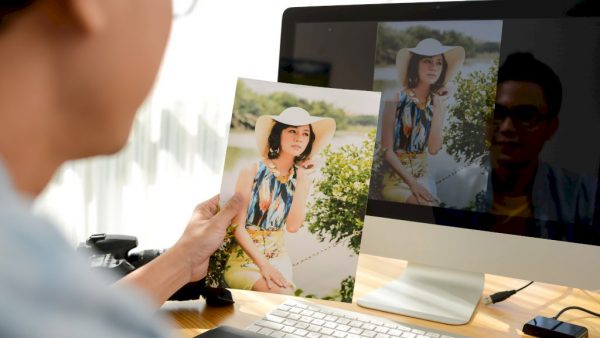
We’ve come a long way since the days of black-and-white television. We’ve gone from bulky tube TVs in just a few short decades to thin, flat-screen units. And now, we’re on the cusp of a new era that will change how we view reality forever. We now have access to various reality-altering technologies thanks to many technological advances. Here’s a look at how they are changing the way we view reality.
Virtual Reality
Virtual reality (VR) is a computer-generated simulation of an environment that allows you to experience it as if you were actually there. VR is made possible by wearing a headset that covers your eyes and ears, immersing you in a 360-degree virtual world. This technology is often used for gaming, but it has many other potential applications as well. For example, people can use it for training purposes (such as in the military or medical field), architectural design, or exploring virtual environments that are too dangerous or difficult to visit in person.
One of the most popular VR headsets on the market is the Oculus Rift, developed by Facebook’s Oculus VR subsidiary. The Oculus Rift allows you to experience games, movies, and other content entirely immersively. For example, you can explore different environments or go on virtual rollercoasters. You can even visit far-flung locations without ever leaving your living room!
While not everyone is sold on VR just yet, there’s no denying that it has the potential to change the way we view reality. As the technology continues to develop, we’ll likely see even more amazing and realistic VR experiences in the years to come.

Image Manipulation
In the age of Photoshop and other image-editing software, it’s becoming increasingly difficult to trust what we see in photos. With just a few clicks, anyone can change how an image looks, adding or removing people or objects from the scene. This can have significant implications for how we view reality, as it’s now possible to create completely fake images that look completely real.
This trend is particularly evident in advertising, where businesses often use Photoshop to create “perfect” images that don’t really reflect reality. For example, a fashion company might use Photoshop to make a model’s waist look smaller or her skin flawless. As a result, we end up seeing an unrealistic version of reality that can cause us to question what’s real and what’s not.
But image manipulation also has its positive uses. Businesses can use it to create more accurate representations of their products, and individuals can use it to retouch their photos to perfection. Jewelry, for example, does not always photograph well. But with jewelry photo retouching, businesses can ensure that their products look their best, giving potential customers a realistic idea of what they’re buying.
In a way, image manipulation is simply a tool anyone can use for good or evil. It all depends on how one uses it.
Augmented Reality
Augmented reality (AR) is similar to VR because it also uses computer-generated simulations of environments. However, unlike VR, AR doesn’t require a headset; instead, it uses your smartphone or tablet to superimpose digital content onto the real world. It’s like having a virtual heads-up display in your everyday life.
One of the most popular AR apps is Pokémon Go, which allows you to catch Pokémon in the real world using your smartphone’s camera. As you move around, your phone’s GPS tracks your location and displays Pokémon that appear in front of you on your screen. You can then catch them by swiping on your screen.
Another popular AR app is Snapchat filters, which use facial recognition software to apply filters and lenses that change your appearance. For example, you can add animal ears and a nose to your face or turn yourself into a cartoon character. These filters are often used for fun, but you can also use them for more serious purposes, such as giving people a preview of what they would look like with a specific hairstyle.
AR has the potential to change the way we view reality in several ways. For example, people can use it for educational purposes, such as giving students a virtual historic site tour. You can also use it for entertainment to play games in your living room without having to set up any physical equipment. And you can even use it for practical purposes to help you find your way around a new city.
Technology is changing the way we view reality in some pretty amazing ways. With all the new technological developments, it’s becoming increasingly difficult to tell what’s real and what’s not. But one thing is for sure: these changes are here to stay, and they’re only going to become more pronounced in the years to come. So it’s important to stay informed and be aware of how technology is impacting the way we view reality.

